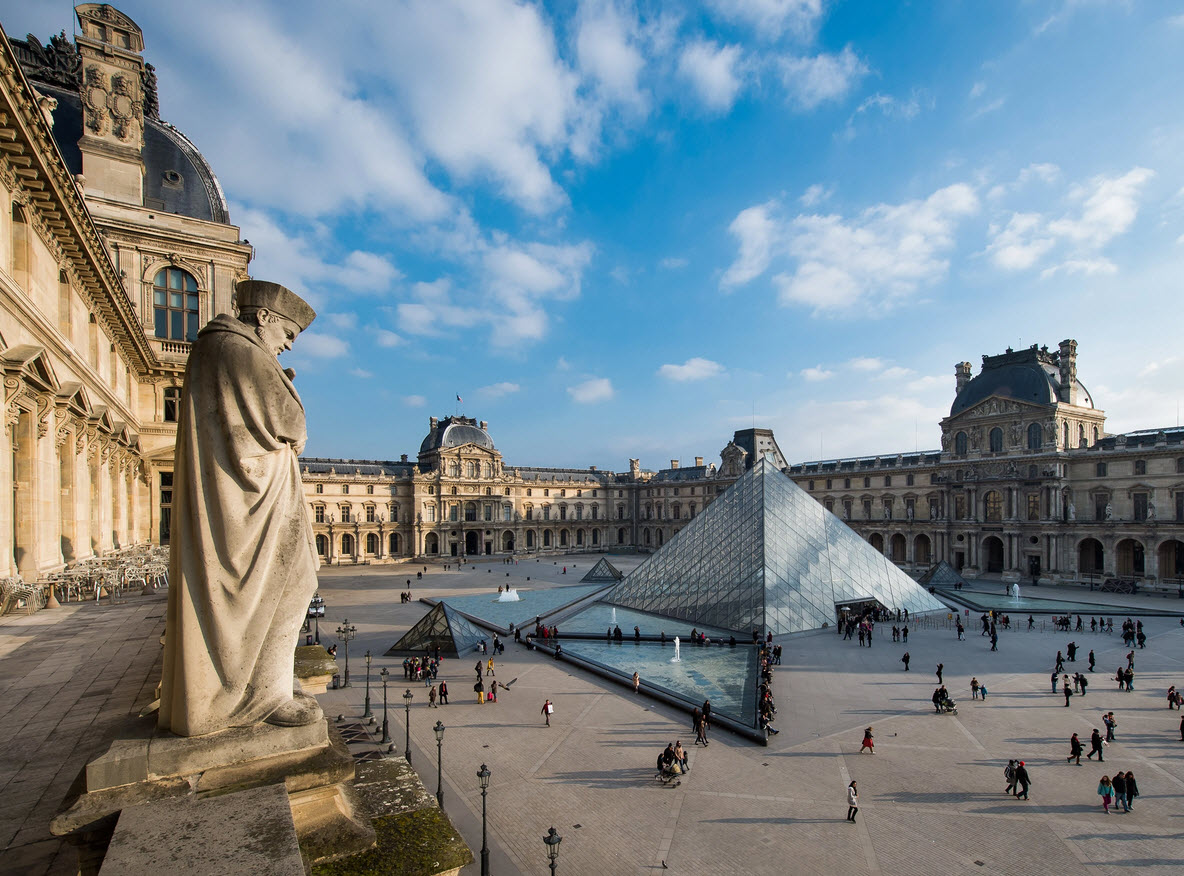Paris, awash with its inimitable charm and dazzling beauty, paints a vivid portrait of its rich past and vibrant present through its museums. Perhaps more than any other city, Paris has the uncanny ability to remind us of the broader spectrum of our existence and the compelling power of art, history, and culture. Parisian museums are gateways into eras gone by, each with a distinct story to tell, and an essential stop for both locals and tourists alike.
Museums are embedded in the fabric of Paris, adding wistful strokes of history, innovation, and creativity to the city’s skyline. Not only do they encapsulate the rich traditions and art forms, but they also serve as a collective memory of the city, preserving and presenting the charms of Paris to the world. Whether you’re an art lover, history buff, or just looking to soak up the French culture, the museums of Paris offer an enriching and enlightening experience for every visitor.
The Louvre: A Quintessential Parisian Experience
The Louvre, undoubtedly, tops the list of famous Paris museums, and with good reason. Not only is the Louvre the world’s largest art museum, but it also houses one of the most iconic artworks known to mankind – Leonardo da Vinci’s ‘Mona Lisa’. The museum located in the Louvre Palace holds approximately 38,000 objects from prehistory to the 21st century, making it richly representative of the world’s artistry and craftsmanship over a span of nearly 8000 years.

The museum building is the Palais du Louvre, which can trace its roots back to the late 12th century when Philip II began building a fortress on the Right Bank of the River Seine. The building has been altered and added to over the centuries, but remnants of the medieval fortress are still visible in the basement. The fortress eventually lost is use as a defensive fortress, and in the mid 1500s King Francis I converted it into the primary residence of the French royal family. When Louis XIV moved the French court to the Palace of Versailles, the Louvre became a place to display the royal art collection.
Musee D’Orsay: A Tribute to French Art
Nestling on the left bank of the River Seine, the Musee D’Orsay stands as an ode to French art and culture of the late 19th and early 20th centuries. Converted from an erstwhile railway station, this prestigious museum houses masterpieces of painting, sculpture, photography, and decorative art, most of which are synonymous with the Impressionist and Post-Impressionist eras. Works by renowned artists like Monet, Manet, Degas, Renoir, Cézanne, and Van Gogh all find a place in this remarkable museum.
In 2022, Musee D’Orsay was the second-most-visited art museum in France (after the Louvre) and the sixth-most-visited art museum in the world.
Centre Pompidou: Europe’s Largest Modern Art Museum
Known for its unique high-tech architectural design, the Centre Pompidou (Centre national d’art et de culture Georges-Pompidou) houses a vast public library and National Museum of Modern Art, the largest museum for modern art in Europe. This groundbreaking cultural institution holds an unparalleled collection of over 100,000 works from the 20th and 21st centuries. Paintings, sculptures, drawings, and other forms of multimedia art from artists such as Picasso, Kandinsky, and Pollock are all proudly displayed here.
This is a fairly new museum; as it was inaugurated in January 1977. The museum is housed in a complex building in the Beaubourg area of the 4th arrondissement, close to Las Halles and Le Marais. Because of this location, the museum is known locally as Beaubourg.
The Rodin Museum: Celebrating a Sculptural Genius
The Rodin Museum (Musée Rodin) exudes the timeless influence of one of the greatest French sculptors, Auguste Rodin. With over 6,500 of Rodin’s sculptures in its collection, this museum stands as a delightful testament to the artist’s talent and creative journey. Its splendid sculpture garden, with pieces like ‘The Thinker’ and ‘The Gates of Hell’, is a major attraction in its own right.
The Rodin Museum is comprised of two sites:
- The Villa des Brilliants at Meduon, Hauts-de-Seine, just outside Paris, where Rodin used to live.
- The Hôtel Biron and its surrounding grounds in central Paris. This is where Rodin had his workshop from 1908.
The total collection includes not only the sculptures, but also roughly 8,000 drawings and another 8,000 old photographs, plus circa 7,000 objets d’ art.
Rodin was not only a prolific artist; he was also an art collector with a great appriciation for other artists. He donated his entire collection of sculptures – plus paintings by artists such as Calude Monet, Vincent van Gogh, and Pierre-Auguste Renoir – to the French State on the condition that they turn the buildings into an art museum.

